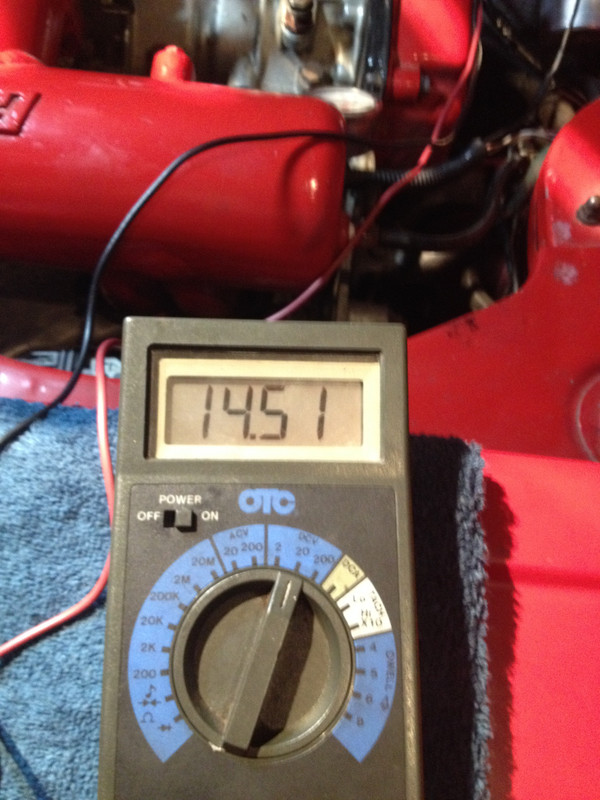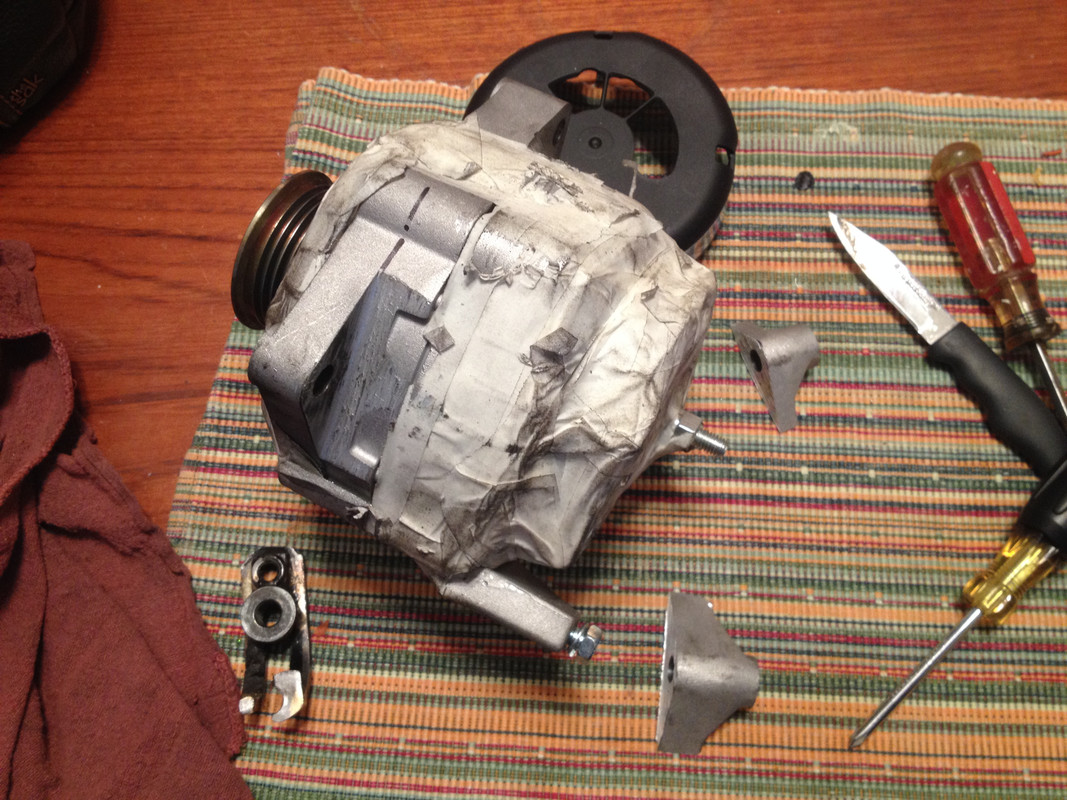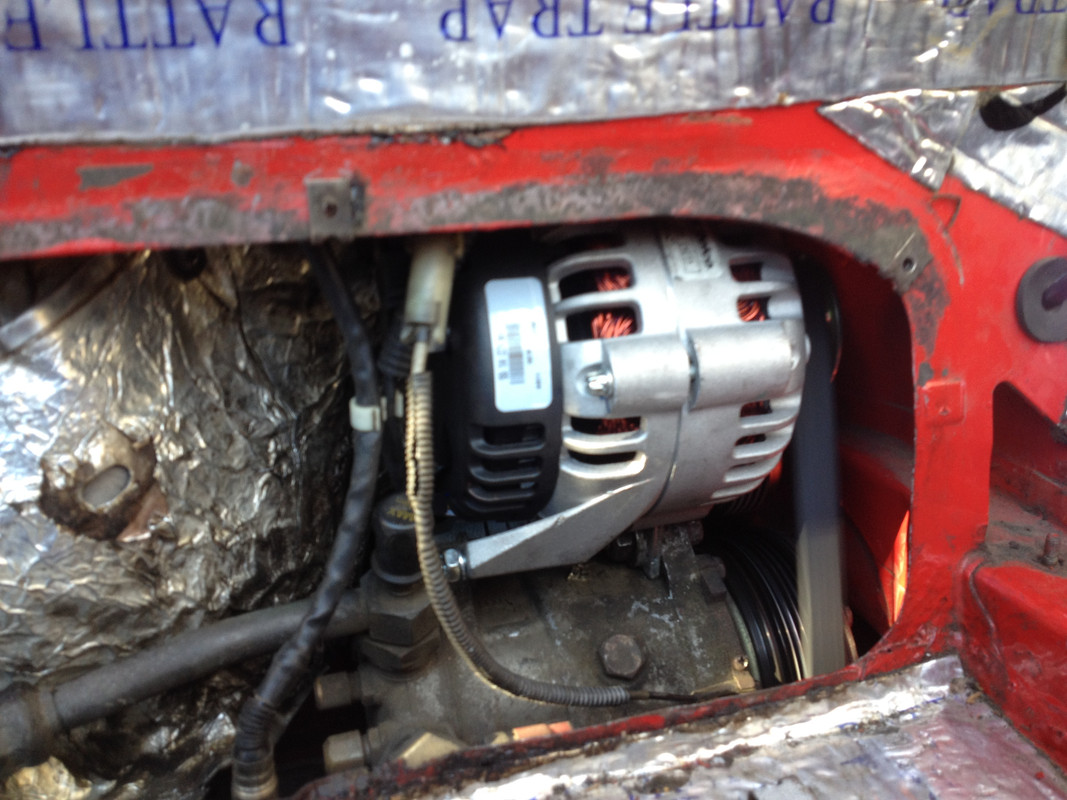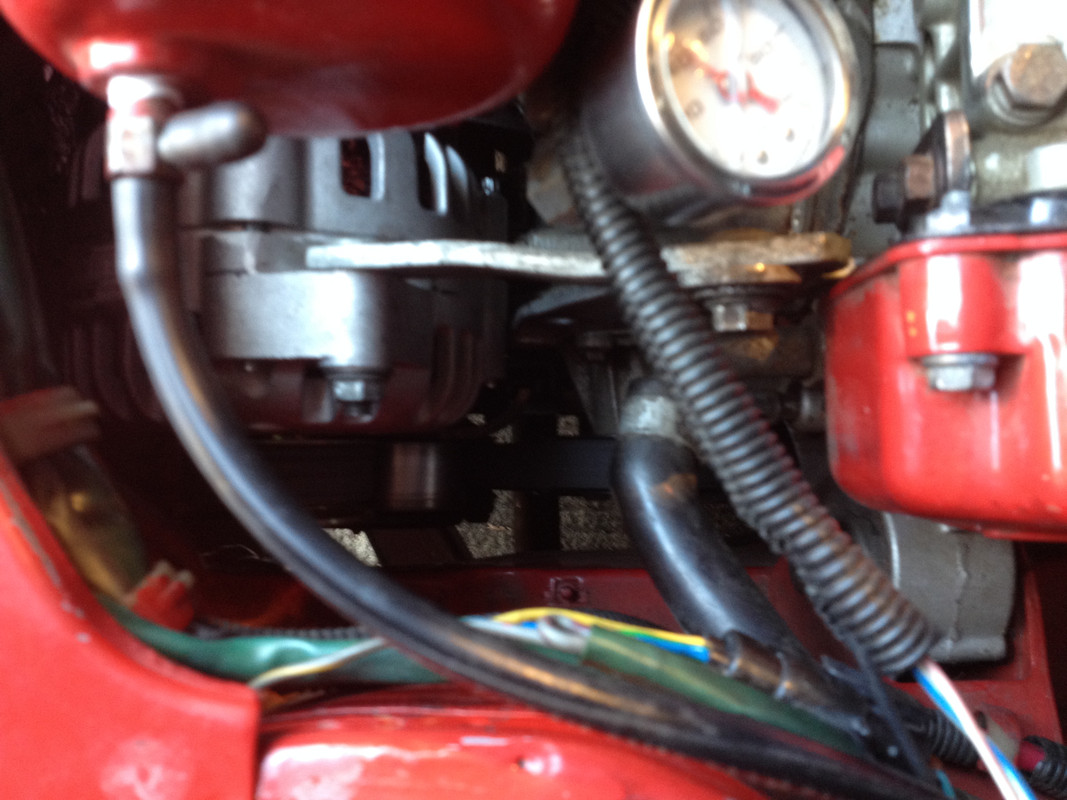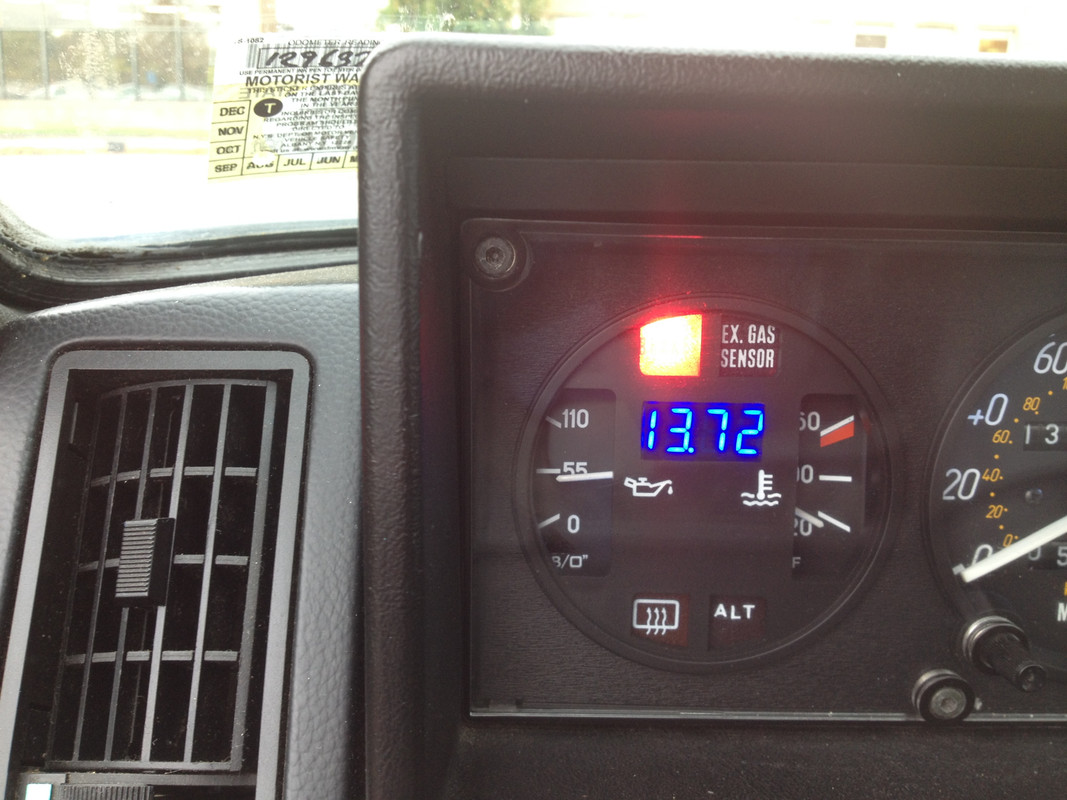After some revisions I have a working solution. First, I had simply cut the pink wire in the spare wheel well, used the feed end from the switch to switch the relay coil, and fed the output (87a) to the other side of the pink wire that carried on out into the engine bay to power the coil.
The problem with this setup (I found after much back & forth) was that using the same (2 pole output) relay for the EZK/powerstage, and the coil created a back feed to the ignition switch that prevented the engine from turning off with the key.
I removed the EZK/Powerstage feed from the relay, and simply attached it to the pink wire along with the leg feeding the relay coil. With that, all is well. I have 14.5v at the coil during cold start/warmup, and 13.8-14v when idling (850rpm) warm.
No more idle surging, and the engine idle is no longer effected by the use of headlights, cooling fan, blower fan, reverse or brake light operation. I'm happy


